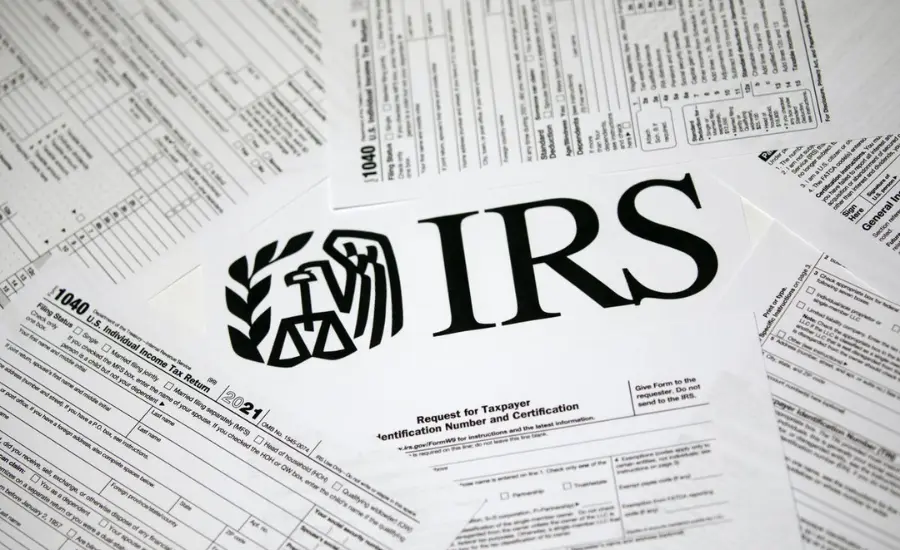Proactive Withholding Adjustments Can Prevent Penalties and Ensure Smoother Tax Filing Next Year
Don’t wait for tax season surprises! The IRS is actively encouraging taxpayers to review and, if necessary, adjust their paycheck withholdings now. This simple step can help you avoid unexpected tax bills or penalties when you file your 2026 tax return.
Why Midyear Withholding Review Matters
The U.S. federal income tax system operates on a “pay-as-you-go” basis. This means you’re required to pay your taxes as you earn income throughout the year, not just in a lump sum when you file your tax return. For most employed individuals, this happens automatically through deductions from their paychecks, known as withholdings. However, the amount withheld may not always perfectly align with your actual tax liability, especially when your life circumstances change.
Avoid Year-End Tax Surprises
Adjusting your withholdings early in the year, rather than waiting until December, offers significant advantages. It allows you to spread any necessary changes in your tax payments across a greater number of pay periods. This gradual adjustment can ease the financial impact and significantly reduce the risk of facing a large, unexpected tax bill or penalties when you file your taxes in 2026.
Major Life Changes Impact Your Taxes
Numerous life events can have a substantial impact on your tax obligations. It’s crucial to consider these changes when reviewing your withholdings:
Significant Life Events
- Marriage or Divorce: Your filing status directly affects your tax bracket and standard deduction.
- Birth or Adoption of a Child: This can qualify you for child tax credits and potentially change your filing status.
- Job Change: A new job may come with different pay levels or benefits that affect your taxable income.
- Home Purchase: Owning a home can introduce new deductions, such as mortgage interest and property taxes.
- Freelance or Gig Work: Income from self-employment is generally not subject to automatic withholding, requiring estimated tax payments.
New Income Streams
Even seemingly small changes in your income can lead to withholding discrepancies:
- Starting a Side Business: Income from a side hustle is taxable and may require adjustments to your withholdings or estimated tax payments.
- Payments via Third-Party Platforms (Form 1099-K): Income received through platforms like Venmo or PayPal, exceeding certain thresholds, is reported to the IRS and is taxable.
The IRS strongly recommends utilizing its Tax Withholding Estimator, a free and user-friendly online tool designed to help you determine if your current withholdings are appropriate. This tool takes into account your wages, self-employment income, income from side jobs, applicable tax credits, and other relevant financial variables. By using the Estimator, you can gain a clear picture of whether you need to make adjustments to avoid surprises next year.
Protect Yourself from Penalties and Optimize Cash Flow
Failing to adjust your withholdings appropriately can lead to two primary financial risks:
Risk of Underpayment Penalties
If you don’t pay enough tax throughout the year (either through withholdings or estimated tax payments), you could face penalties for underpayment when you file your tax return.
Risk of Large Tax Bills
Conversely, if your withholdings are too low, you’ll likely owe a significant balance to the IRS when you file your 2026 taxes, potentially straining your finances.
Improve Your Take-Home Pay
On the other hand, withholding too much from your paycheck means less money available for your immediate needs, such as daily expenses, savings goals, or debt repayment. Adjusting your withholdings now allows you to strike a healthier balance, ensuring you’re not giving the government an interest-free loan throughout the year.
Making these adjustments midyear provides greater financial flexibility. Instead of trying to catch up on significant underpayments in the final months of the year, you can make smaller, more manageable changes now, preventing potential tax-related financial stress later on.
Take These Steps Now for a Smoother Tax Season
Here’s a practical guide to reviewing and adjusting your paycheck withholdings:
1. Access the IRS Tax Withholding Estimator
Visit the official IRS website and locate the free Tax Withholding Estimator tool. This interactive tool will guide you through the process.
2. Gather Your Key Financial Documents
To get the most accurate results from the Estimator, gather the following information:
- Your most recent pay stubs from all employers.
- Your previous year’s tax return (Form 1040).
- Any documentation related to other income sources, such as Form 1099-K for platform earnings or records of self-employment income.
3. Review Life and Income Changes Carefully
Think carefully about any changes in your income or family situation that have occurred since the beginning of the year or are anticipated in the coming months. Be sure to include any income from freelance work or other earnings reported on Form 1099-K.
4. Submit a New Form W-4 to Your Employer
If the Tax Withholding Estimator suggests that changes to your withholdings are necessary, you’ll need to update your information with your employer. This is done by completing and submitting a new IRS Form W-4, Employee’s Withholding Certificate. You can typically complete this form through your employer’s payroll system or directly with your Human Resources department.
5. Recheck Your Withholdings Later in the Year
It’s a good financial practice to review your withholdings at least once or twice a year, especially if any new significant life or income changes occur that could impact your overall tax liability.
Plan Ahead for a Stress-Free Tax Season
Adjusting your paycheck withholdings proactively isn’t just about avoiding tax bills or penalties; it’s an integral part of sound financial planning. As 2025 progresses, those who take the time to review and adjust their withholdings now will be significantly better prepared when the 2026 tax season arrives.
Waiting until the end of the year often limits your options for making up for any underwithholding. By taking action now, you can spread any necessary adjustments over time, easing the impact on your monthly budget and contributing to a smoother and less stressful tax filing experience next year. The IRS continues to emphasize this simple yet crucial strategy to empower taxpayers to stay compliant and avoid unnecessary financial surprises throughout the year.
As a professional – Revolutionize your tax workflow with our complete suite of tools: onboarding links, initial interviews, compliance planning, calendars, messaging, task management, and TaxMan for advanced tax research. Please sign up. Our resource directory also offers valuable links to assist in managing various financial and legal aspects of a business or individual.
Subscribe to Our Newsletter: https://bit.ly/4ilgFtk
You will get:
- Tax News & Regulations Updates
- New Court Cases Explained
- Upcoming Podcast Alerts
- IRS-ready Guides to Present or Share with Your Advisor







